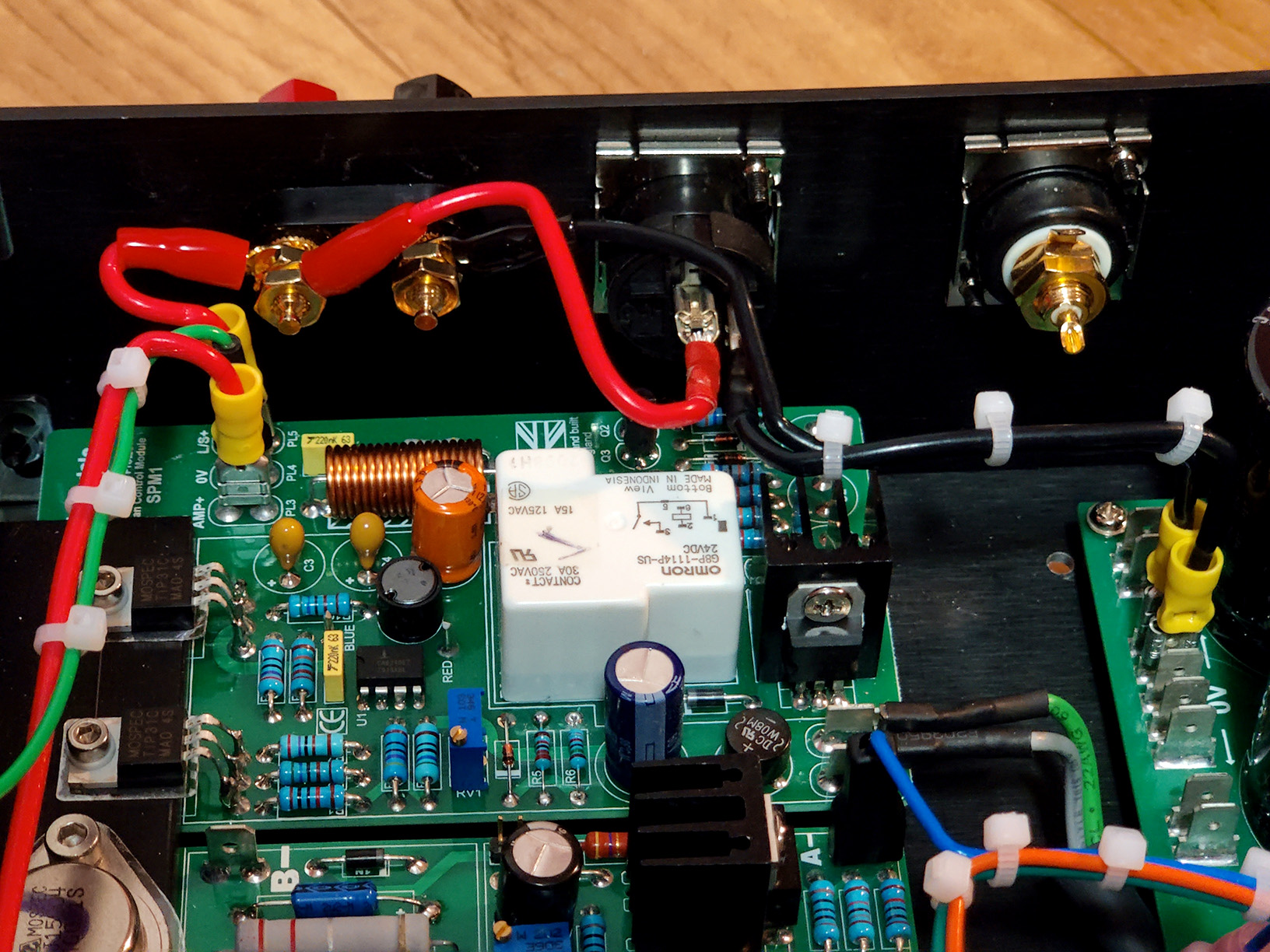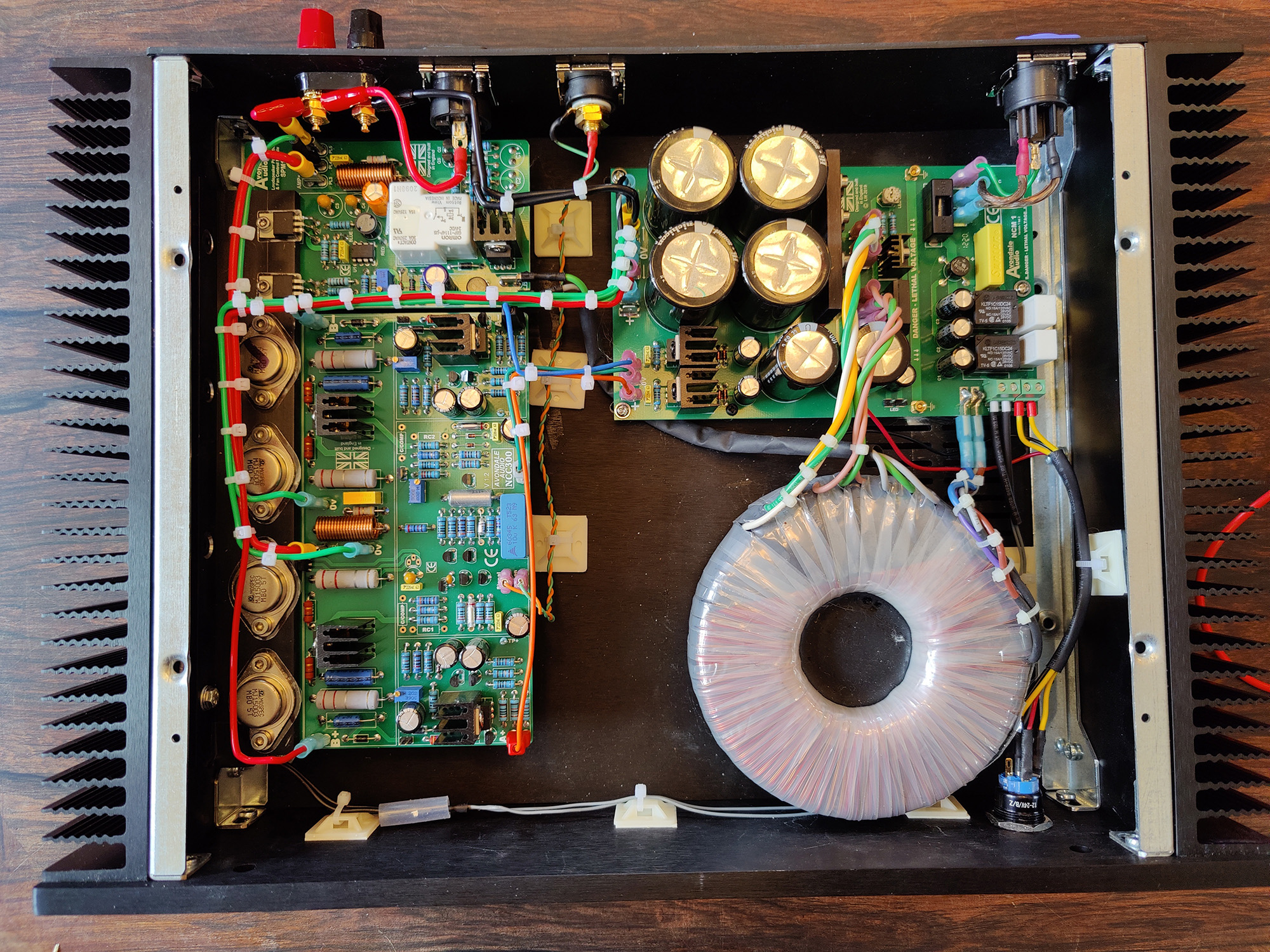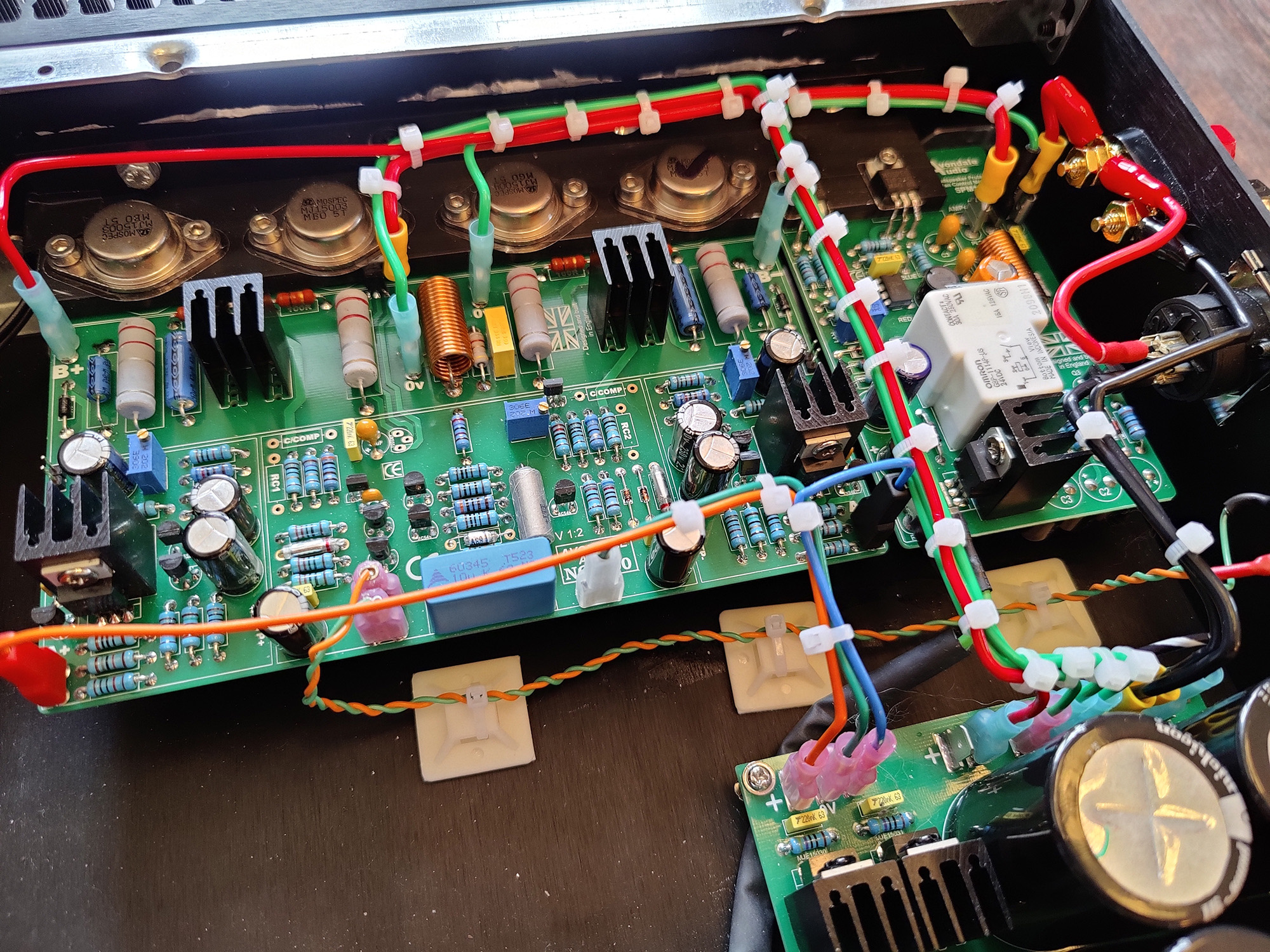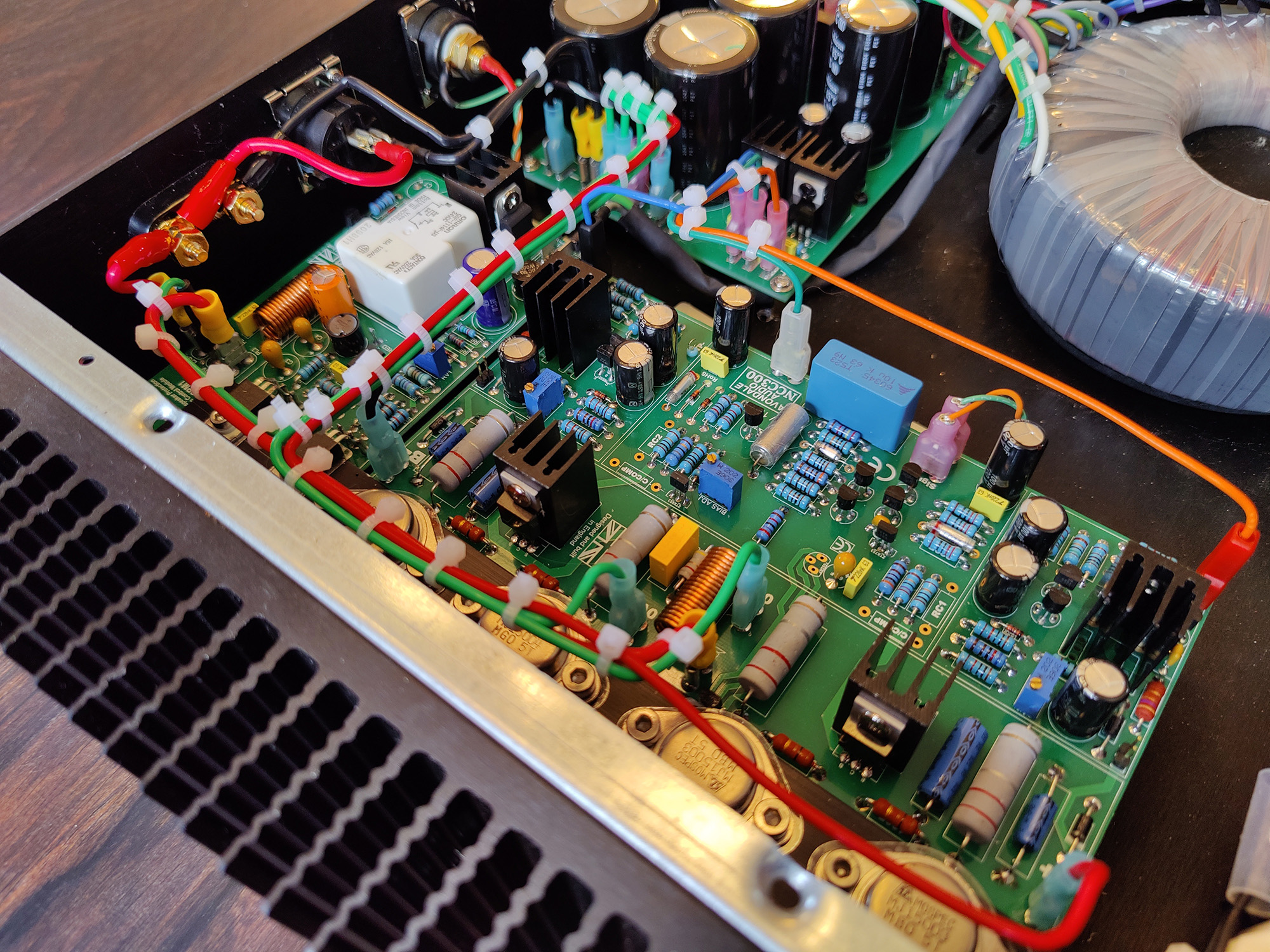Mynamemynaim
38yrs a Naim owner
Sorry...meant SSM2
About £60
About £60
I knew it had to be missing something stupid, and after a quick chat with Avondale, I realized I had forgot to short the thermal sensor connections. (I'm not using sensors in these.) I'm glad that's sorted.Well I wired up the power and switch to the SSM in one unit, and unfortunately don't hear any relay clicking, and no power is getting to the output of the SSM.




My Treshold FET TWO preamp takes at least 1/2 hour to warm up and stop sounding harsh when using it after plugging it. That’s probably why the designer Mr. Neilson Pass decided not to put any on/off switch on it.They're making music, although I haven't got the power switch LEDs wired in yet (later today). Here are some pics of the wiring:



One thing I noticed when setting the bias: it took LONG time for the amp to warm up and the bias to stabilize. I did the one amp last night, and the other this morning. I checked the one I did last night again, and it took over 30 minutes for it to rise up to 115mA (just a touch less than the 120mA that Les recommends, in case case it decides to inch up a bit). It was an exponential curve, so it quickly rose to 80mA after about 5 minutes, and took the next half hour to hit 115mA.
If you prefer to turn your gear on only when you're listening, then most of the first album is going to sound substandard. I guess that's why I leave mine on all the time.
I've only played it through the Minimus 7, but very good so far.Nice work there Mike. Sounding good I bet.
Well done, Mike.
Could it be the heatsinks are kind of generous and the NCC300s could get along well also with smaller heatsinks?
(I.e. reading between the lines, what would be the best way to dimension their heatsinks?)
Before I do, I've replaced the two pairs of inductors in the output stage's CAP6 with wire links (from CLCLC to CCC), which should increase body and slam, especially in the bass department. I'll compare it to the amp that hasn't had that change, to see how much one can discern the difference.
I just did a quick comparison, and so far there's no clear winner. I initially playing music normally, but realized the stereo mix would invalidate the test. Then I told the Squeezebox to play the left channel out of both output channels, which gave me a better source for comparison....I've replaced the two pairs of inductors in the output stage's CAP6 with wire links (from CLCLC to CCC), which should increase body and slam, especially in the bass department. I'll compare it to the amp that hasn't had that change, to see how much one can discern the difference.
